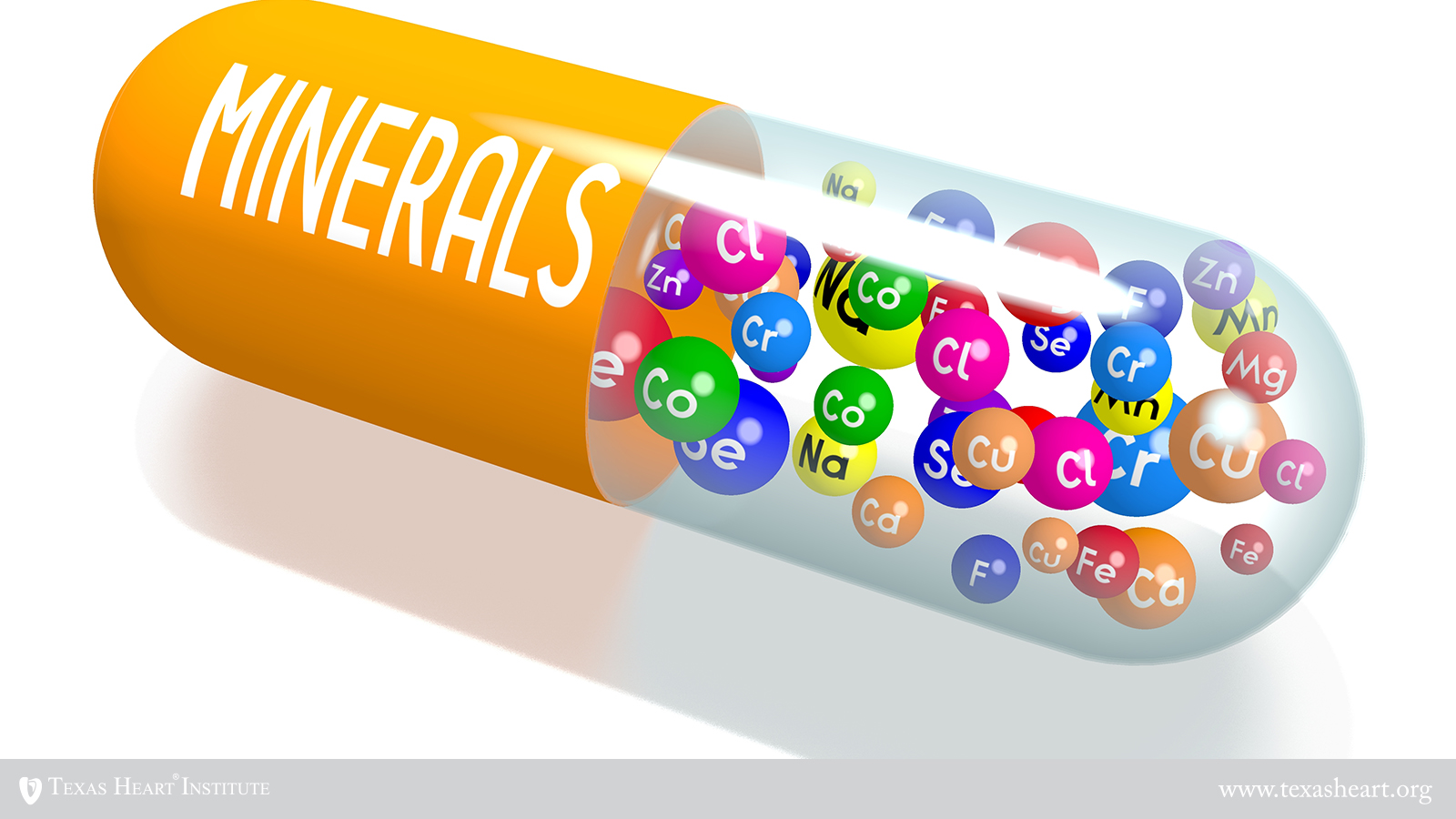- Main Page
- A1C Test
- Advance Directives
- Age on other Planets
- Aliens
- American Flag
- Annuals
- Anxiety
- Aortic Aneurysm
- Apple Cider Vinegar
- Arrhythmia
- Atrial Fibrillation
- Avoiding Scams
- Awareness Ribbons
- Bamboo
- Banana Tree, Grand Nain
- Banana Tree, Ice Cream
- Banana Tree, Zebrina Rojo
- Beekeeping
- Benign P P Vertigo
- Birth Month
- Blood Tests
- Blood Types
- Body Mass Index - BMI
- BMI Calculator
- Boogaloo
- Bookmarks
- Boot Anatomy
- Boot Fit Guide
- Boot Glossary
- Boot Leathers
- Boot Makers
- Boot Retailers
- Boot Styles - Western
- Boot Toes & Heels - Western
- Boot Toes & Heels - Work
- Bronchitis
- Candle Colors
- Carbohydrates
- Cardiac Catheterization
- Cardiovascular Disease
- CGM's
- Chakras
- Chinese Zodiac
- Cholesterol
- Christmas Tree
- Color Codes Chart
- C.O.P.D.
- Coronary Artery Disease
- Country Stars
- Cowboy Hat Etiquette
- Cowboy Hat Sizing
- C.P.A.P.
- Credit Score Checkers
- Crystals & Gems
- CT scan
- Degenerative Disk Disease
- Depression
- Diabetes Info.
- Diabetes Facts
- Diabetes - Pre
- Diabetes - Type 1
- Diabetes - Type 2
- Diabetes - Type 3c
- Diabetes - Gestational
- Diabetes Care
- Diabetes Care Team
- Diabetes Terms
- Diabetes Treatment
- Diabetes & Fruits
- Diabetes & Veg's
- Diet - Boiled Egg
- Diet - DASH
- Diet - Fat Burning
- Diet - Mediterranean
- Diet - Military
- Disability
- Do Not Resuscitate
- Dream Catchers
- Dupixent®
- Echocardiogram
- Electrocardiogram
- Emphysema
- Epsom Salt
- Eye Teasers
- Fairies
- Farxiga®
- Flower Astrology
- Fonts
- Foods To Regrow
- Friend
- Funny Things
- Fun Stuff
- Glycemic Index
- Gout
- Growing Blueberries
- Halloween
- Halloween Treats
- Headaches
- Health Info. Lines
- Heart Attack
- Heart Disease - Other
- Heart Failure
- Heart Tests
- Hello!!
- Herbal Codes
- Herbal Medicine
- Herb & Oils Uses
- Herniated disk
- Home Remedies
- House Plants
- Humalog®
- Hydrogen Peroxide
- Hyperglycemia
- Hypoglycemia
- Hyperkalemia
- Hypokalemia
- Hypertension
- Hypotension
- Important Numbers
- Insomnia
- Insulin
- Juice Recipes
- Karma
- Kidney Cysts
- Kidney Disease
- Kinds of Tea
- Lantus®
- Lemon Cleanse
- Logger vs Lineman
- Macaroni!!
- Medicare
- Mental Health
- MO HealthNet
- Moon Phases
- Mounjaro®
- MRI Scan
- My Athletic Shoes
- My Boots & Spurs
- My Cowboy Hats
- Myelography
- Mystical Unicorn
- Nasal Polyps
- Natal Astrology Chart
- Never Forget
- Nuclear Medicine
- Nutrition - Adults
- Nutrition - Adults, Older
- Nutrition - Kids
- Obesity
- One Little Rose
- Orchid Growing
- Orchid Sources
- Pagan Humor
- Pagans vs.Wiccans
- Parking Spaces
- PayPal.Me
- Pentagram vs. Pentacle
- Perennials
- Peripheral Artery Disease
- PET/CT Scan
- PET Scan
- Phobias A-Z
- Plant Care
- Plant Zone Map
- Potassium
- Propagating Plants
- Prurigo Nodularis
- Psychic Gifts
- PVC's
- Quit Smoking
- Recipes I like
- Red Yeast Rice
- Roses
- Runes
- Sadie & Beethoven
- Salt & Sodium
- Salt Water Flush
- Sciatica
- Service Animals
- Shape Shifters
- Sleep Apnea
- Sleep Disorders
- Sleep Studies
- Smile
- SPECT Scan
- Speed Test
- Spices You Need
- Spices I Have
- Spinal Stenosis
- Stents
- Steel Toe vs. Comp. Toe
- Stress Test - Exercise
- Stress Test - Nuclear
- Sugars - Sweeteners
- Superstitions
- Symbols
- Tarot
- The Ten Commandments
- Tools of the Craft
- Top Expensive Movies
- Top Modern Westerns
- Top 100 Westerns
- Toyota Yaris 2008
- Toyota Yaris 2012
- Trazodone
- Tree, Calamondin Orange
- Tree, Lemon (Meyer)
- Tree, Lime
- Tree Signs
- Ultrasound
- US Bill of Rights
- US Constitution
- US Declaration of Independence
- Vaccines by Age
- Vaccines 0-6 yrs
- Vaccines 7-18 yrs
- Vaccines 19 and up
- Ventricular Fibrillation
- Vertigo
- Vital Records
- Vital Signs
- Vitamin B12
- Vitamin C
- Vitamin D
- Vitamin E
- Vitamin K
- Vitamins & Minerals
- Water Therapy
- Weight on other Planets
- Wiccan Rede
- X-Rays
- Yin / Yang
- Zodiac Signs
Needed to read PDF's
Vitamins & Minerals
You stroll down the pharmacy aisles on what seems like a simple mission: pick up some vitamins. But a quick glance at a bottle's label can send you running for a dictionary. Things like "RDA" or "DV" are just a few examples of an alphabet soup that's on many packages. But don't despair. We'll help you demystify supplement guidelines.
Here is a list of the Recommended Dietary Allowance and Upper Intake Level for each:
What the Numbers Mean
Many of the terms you see on labels or supplement websites can help you understand how much of the vitamin or mineral you should take. For example, here are some guidelines set up by the Institute of Medicine:
The RDA (Recommended Dietary Allowance) and the AI (Adequate Intake) are the amounts of a vitamin or mineral you need to keep healthy and stay well-nourished. They're tailored to women, men, and specific age groups.
The UL (Tolerable Upper Intake Level) is the maximum amount of daily vitamins and minerals that you can safely take without risk of an overdose or serious side effects. For certain nutrients, the higher you go above the UL, the greater the chance you'll have problems.
Separate from the RDA and the UL, the Food and Drug Administration uses a different measure for the nutrients you need:
The DV (Daily Value) is the only measurement you'll find on food and supplement labels. That's because space is limited, and there's a need for one single reference number. That number is the amount of a vitamin or nutrient that you should get for top health from a diet of 2,000 calories a day. The DV is sometimes the same as the RDA.
Although the details may be different, remember that the RDA and DV are both set up to help you get the nutrients you need to prevent disease and avoid problems caused by lack of nutrition.
Units
There are 3 types of units used to measure amounts of minerals and vitamins:
- Milligrams – a milligram is 1 thousandth of a gram and is usually written as mg
- Micrograms – a microgram is 1 millionth of a gram and is usually written as μg or mcg. 1,000 micrograms is equal to 1 milligram.
- International Units, which are sometimes used to measure vitamins A, D and E – and usually written as IU. The conversion of milligrams (mg) and micrograms (μg) into IU depends on the type of vitamin.
How Much Is Too Much?
Because high doses of some supplements can have risks, how do you know when it's OK to take more than the RDA or DV?
One way is to look for the UL (tolerable upper intake level) of a nutrient. With many vitamins and minerals, you can safely take a dose much higher than the RDA or DV without coming close to the UL.
For instance, the average person can take more than 50 times the RDA of vitamin B6 without reaching the upper limit. But some people develop symptoms of nerve pain with these higher levels of B6. So you should always be cautious. Here are some things to keep in mind:
Some supplements are riskier than others. With some vitamins and minerals, the upper limit is pretty close to the RDA. So it's easy to get too much. For example, a man who takes just over three times the RDA of vitamin A would get more than the upper limit. High doses of vitamin A -- and other fat-soluble vitamins like E and K -- can build up in the body and become toxic. Other risky supplements include the minerals iron and selenium.
Supplements are designed to be additions to your diet. Popping pills is not the answer to good health. Experts say you should eat a well-balanced diet and take supplements to fill in any nutritional gaps. Some people take a multivitamin with minerals for nutritional insurance.
The UL is often the limit for all sources of a nutrient. It can include the amount you get from both food and supplements. So when you figure out whether you've reached the UL on a particular nutrient, take into account the food you eat.
You won't find the UL on food nutrition labels or on your vitamin bottle. It's not a number that most people know about. But you'll see it on government websites. And there's a complete list of nutrients with ULs at the end of this article.
Most supplements don't have a UL -- or RDA or DV. The government has only set levels for a fraction of the vitamins and supplements available. For most of the supplements you see on the shelves, experts really don't know the ideal or maximum dose.
Many nutrients, in too high a dose, can be dangerous. To be on the safe side, steer clear of the UL for any nutrient. And if you have a health condition, check with your doctor before you take supplements. They can tell you if they have side effects or interfere with other medicines you use.

Vitamins
| Vitamin |
Recommended
per Day (RDA) |
Max per Day (UL) |
What it does | ||||||||||||||||||||||||||||||||||||||||||||||
|
A (Retinol) |
|
|
Supports vision, skin, bone and tooth growth, immunity, cell growth and reproduction | ||||||||||||||||||||||||||||||||||||||||||||||
|
B1 (Thiamin) |
|
Not established
|
Supports energy metabolism, and nerve function, heart, brain |
||||||||||||||||||||||||||||||||||||||||||||||
|
B2
(Riboflavin) |
|
Not established
|
Supports energy metabolism, normal vision, and skin health |
||||||||||||||||||||||||||||||||||||||||||||||
|
B3 (Niacin) |
|
|
Supports energy metabolism, skin health, nervous system, and digestive system |
||||||||||||||||||||||||||||||||||||||||||||||
|
B5 (Pantothenic Acid) |
|
Not established | Supports energy metabolism | ||||||||||||||||||||||||||||||||||||||||||||||
|
B6 (Pyridoxine) |
|
|
Amino acid and fatty acid metabolism, red blood cell production | ||||||||||||||||||||||||||||||||||||||||||||||
|
B7 (Biotin) |
|
30 mg/day | Energy metabolism, fat synthesis, amino acid metabolism, glycogen synthesis | ||||||||||||||||||||||||||||||||||||||||||||||
|
B9 Folate (Folic Acid) |
|
|
It helps make DNA and prevent spina bifida and other brain birth defects |
||||||||||||||||||||||||||||||||||||||||||||||
|
B12 (Cobalamin) |
|
Not established | Used in new cell synthesis, helps break down fatty acids and amino acids, supports nerve cell maintenance | ||||||||||||||||||||||||||||||||||||||||||||||
|
C (Ascorbic acid) |
|
|
Collagen synthesis, amino acid metabolism, helps iron absorption, immunity, antioxidant | ||||||||||||||||||||||||||||||||||||||||||||||
|
D (calciferol) |
|
|
Promotes bone mineralization |
||||||||||||||||||||||||||||||||||||||||||||||
|
E (Alpha-Tocopherol) |
|
|
Antioxidant, regulation of oxidation reactions, supports cell membrane stabilization |
||||||||||||||||||||||||||||||||||||||||||||||
|
K (Phylloquinone) (Menadione) |
|
Not established
|
Synthesis of blood-clotting proteins, regulates blood calcium |

Minerals
| Mineral |
Recommended
per Day (RDA) |
Max per Day (UL) |
What it does | ||||||||||||||||||||||||||||||||||||||||||||||
| Boron | Not established
|
|
For menstrual cramps and boric acid has been used vaginally for yeast infections, but evidence is limited | ||||||||||||||||||||||||||||||||||||||||||||||
| Calcium |
|
|
Formation of bones and teeth, supports blood clotting | ||||||||||||||||||||||||||||||||||||||||||||||
| Chloride |
|
|
Maintains fluid and electrolyte balance, aids in digestion | ||||||||||||||||||||||||||||||||||||||||||||||
| Choline |
|
|
|||||||||||||||||||||||||||||||||||||||||||||||
| Chromium |
|
Not established | Associated with insulin and is required for the release of energy from glucose | ||||||||||||||||||||||||||||||||||||||||||||||
| Copper |
|
|
Necessary for the absorption and utilization of iron, supports formation of hemoglobin and several enzymes | ||||||||||||||||||||||||||||||||||||||||||||||
| Fluoride |
|
|
Involved in the formation of bones and teeth, helps to make teeth resistant to decay | ||||||||||||||||||||||||||||||||||||||||||||||
| Iodine |
|
|
Component of thyroid hormones that help regulate growth, development and metabolic rate | ||||||||||||||||||||||||||||||||||||||||||||||
| Iron |
|
|
Part of the protein hemoglobin (carries oxygen throughout body's cells) | ||||||||||||||||||||||||||||||||||||||||||||||
| Magnesium |
|
|
Supports bone mineralization, protein building, muscular contraction, nerve impulse transmission, immunity | ||||||||||||||||||||||||||||||||||||||||||||||
| Manganese |
|
|
In the body, it's involved in many chemical processes, including the processing of cholesterol, carbohydrates, and protein. It might also be involved in bone formation. | ||||||||||||||||||||||||||||||||||||||||||||||
| Molybdenum |
|
|
In the body, it helps to break down proteins and other substances. | ||||||||||||||||||||||||||||||||||||||||||||||
| Phosphorus |
|
|
Formation of cells, bones and teeth, maintains acid-base balance |
||||||||||||||||||||||||||||||||||||||||||||||
| Potassium |
|
Not established | Maintains fluid and electrolyte balance, cell integrity, muscle contractions and nerve impulse transmission |
||||||||||||||||||||||||||||||||||||||||||||||
| Selenium |
|
|
Antioxidant. Works with vitamin E to protect body from oxidation |
||||||||||||||||||||||||||||||||||||||||||||||
| Sodium |
|
Not established | Maintains fluid and electrolyte balance, supports muscle contraction and nerve impulse transmissions |
||||||||||||||||||||||||||||||||||||||||||||||
| Zinc |
|
|
A part of many enzymes, involved in production of genetic material and proteins, transports vitamin A, taste perception, wound healing, sperm production and the normal development of the fetus |
Find me on Social Media
 |
Don't forget to bookmark me to see updates.. Copyright © 2000 - 2025 K.
Kerr |







